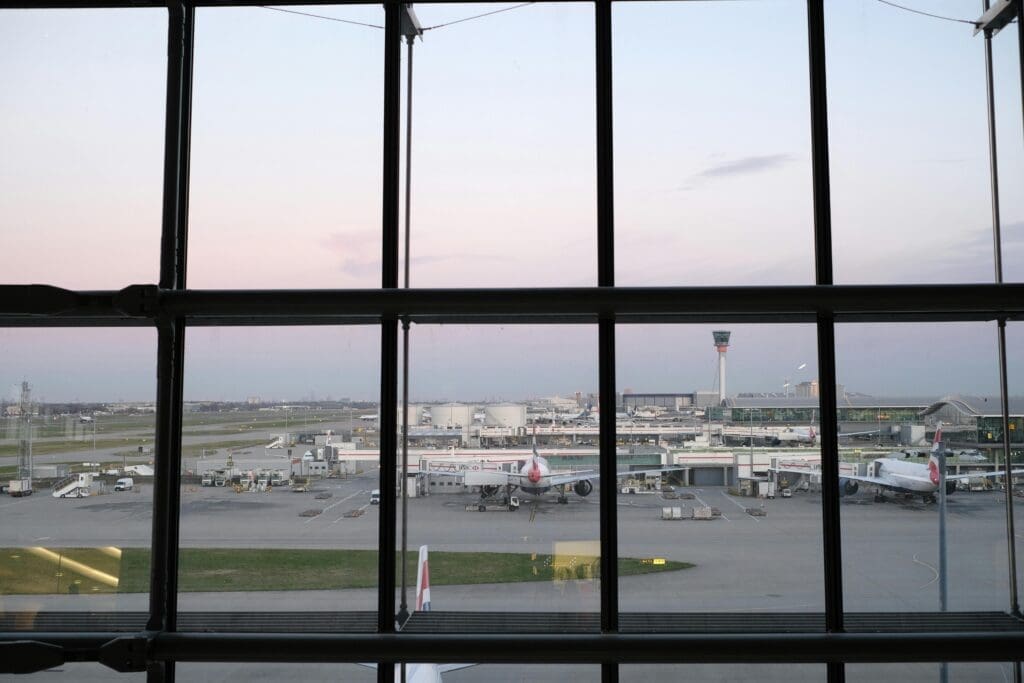Inspired by Nature: The Future of Aircraft Wings
Aircraft wing design has undergone remarkable transformation since the early days of flight. The first wings were simple, flat, and made from rudimentary materials such as wood and fabric. Over time, engineering advancements led to more aerodynamically efficient designs, incorporating curved and streamlined shapes to enhance lift and reduce drag.
While modern wings may seem to have reached the pinnacle of innovation, research suggests there is still much room for improvement. One of the most promising developments is the concept of folding wings, which allow for a longer wingspan during flight—improving lift and efficiency—while still being compatible with existing airport infrastructure. Beyond structural design, improvements in manufacturing and assembly technologies are expected to play a vital role in the evolution of wing construction, making production more sustainable and cost-effective.
The Next Leap in Propulsion Technology
Engine technology has seen significant advances over the years, with each generation bringing greater fuel efficiency and performance. From the piston engines of early aircraft to the revolutionary turbojet of the 1950s and the quieter, more efficient turbofan engines of today, propulsion systems have continually evolved to meet the demands of modern aviation.
Looking to the future, open fan engines present a potential breakthrough. Unlike conventional turbofans, open fan engines feature larger, uncovered fan blades that allow for greater airflow efficiency, reducing fuel consumption and carbon emissions. This innovative design has the potential to deliver a 20% improvement in fuel efficiency compared to current single-aisle aircraft engines. As part of wider industry efforts, experimental programmes are underway to test this technology on existing aircraft platforms, with flight trials expected before the decade’s end.
Electrification and Hybridisation: Reducing Aviation’s Carbon Footprint
Hybrid propulsion is set to play a key role in the aviation industry’s sustainability journey. Rather than relying solely on traditional jet fuel, future aircraft will integrate multiple energy sources. Sustainable Aviation Fuel (SAF) is a crucial component of this shift, with next-generation aircraft expected to operate on blends of up to 100% SAF. Given that SAF can reduce lifecycle carbon emissions by up to 80%, its widespread adoption is a significant step towards decarbonisation.
In addition to SAF, hybrid-electric propulsion is being explored to further cut emissions. By supplementing conventional engines with battery or fuel-cell-powered electrical systems, aircraft could reduce fuel consumption and emissions by up to 5%. Much like hybrid vehicles, these technologies can recover and utilise otherwise wasted energy to power auxiliary functions such as onboard electronics and taxiing systems.
Advanced Materials for Lighter, More Efficient Aircraft
The materials used in aircraft construction have evolved considerably since the early days of aviation. The shift from wooden frames to aluminium, and later to carbon-fibre reinforced plastics (CFRP), has led to lighter, stronger, and more fuel-efficient airframes. Titanium has also become essential for high-stress components due to its strength and relatively low weight.
Future advancements in materials science are expected to focus on sustainability and efficiency. Researchers are investigating the use of biomass composites and thermoplastics to replace traditional CFRP, with the aim of making aircraft components lighter, easier to recycle, and more efficient to manufacture. One such initiative has demonstrated that thermoplastic composites can reduce weight without increasing production costs while offering better recyclability. These developments could lead to significant improvements in both aircraft performance and environmental sustainability.
The Evolution of Aircraft Systems: Towards Smarter, Safer Flights
The introduction of fly-by-wire technology in the 1980s revolutionised commercial aviation by replacing mechanical controls with digital systems, improving safety and efficiency. Now an industry standard, this technology paved the way for further digital innovation.
The next step in this evolution involves highly connected, automated systems designed to enhance safety, efficiency, and reliability. Future aircraft will incorporate advanced digital platforms capable of automatic system updates and real-time performance monitoring. Artificial intelligence will play a crucial role in predictive maintenance, ensuring potential issues are identified and addressed before they become problems.
Additionally, pilot assistance technologies will continue to develop, offering greater automation to support decision-making in complex flight operations. These improvements will extend beyond the cockpit, enhancing ground operations and maintenance through digital connectivity and automation.
The Future of Flight
The aviation industry is on the cusp of major advancements that promise to redefine air travel. From revolutionary wing designs and next-generation propulsion systems to sustainable fuels and cutting-edge digital technologies, the future of flight is set to be more efficient, environmentally friendly, and technologically advanced than ever before. As research and development continue to push boundaries, these innovations will not only transform aircraft performance but also contribute to a more sustainable and connected world.


